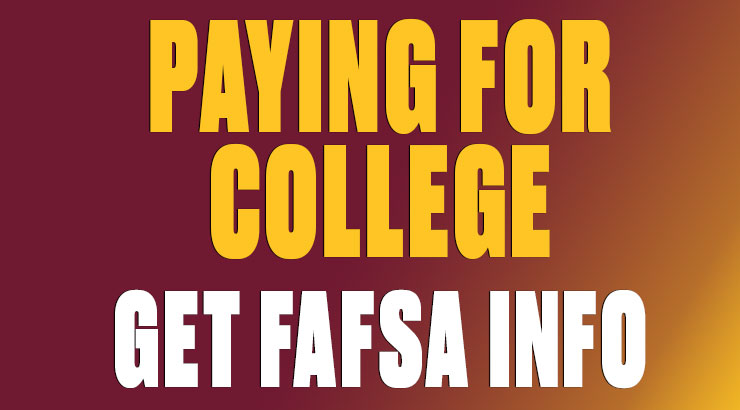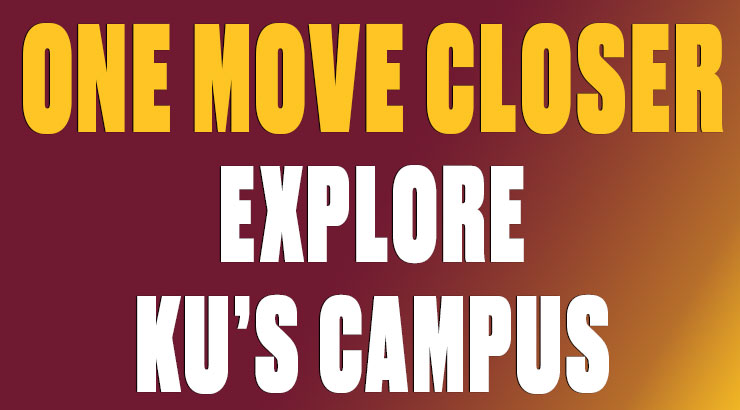Universal Design for Learning and Accessibility
Universal Design for Learning
Universal Design for Learning (UDL) is a framework for addressing the educational needs of diverse and variable learners in many settings across many stages of life. It is a means to eradicate persistent inequities in education—and it is an even more powerful tool when used as a lens for shaping educational systems, designs, and initiatives. Below is a brief overview of the three Principle of Universal Design for Learning.
- Principle One: provide multiple means of engagement
- Principle Two: Provide multiple means of representation
- Principle Three: provide multiple means of action and expression.
If you want to learn more, you can enroll in the Basics of UDL course, which will be available each January. You will receive a digital badge and certificate upon completion!
Accessibility and Usability
“Americans with disabilities are Americans first and foremost, and like all Americans are entitled to not only full participation in our society, but also full opportunity in our society.”
--President Barack Obama, 2010
To meet the needs of enrolled students with disabilities and to comply with Section 504 of the Rehabilitation Act of 1973, the Americans with Disabilities Act, Title II, 1990, and the ADA amendments of 2008, KU will provide reasonable accommodations for classes in order to allow equal access to provide the education necessary for qualified students with disabilities to function as self-sustaining individuals. As a public university, KU is also required to meet Section 508 Amendment to the Rehabilitation Act of 1973 standards for web-based intranet and internet information and applications. Conforming to these standards requires that materials that would pose problems for students with disabilities must accommodate the disabled. Examples of materials that would require accommodations include:
- Videos with audio must have captioning and/or text transcripts
- Audio files must have text transcripts
- Images must have alternate text or descriptions set for them to convey meaning
- Color-blind individuals must be able to interpret a page successfully
- All pages and documents must accessible via screen reading software
Have questions about Assistive Technologies to enable accessibility? Contact the Disability Services Office.






